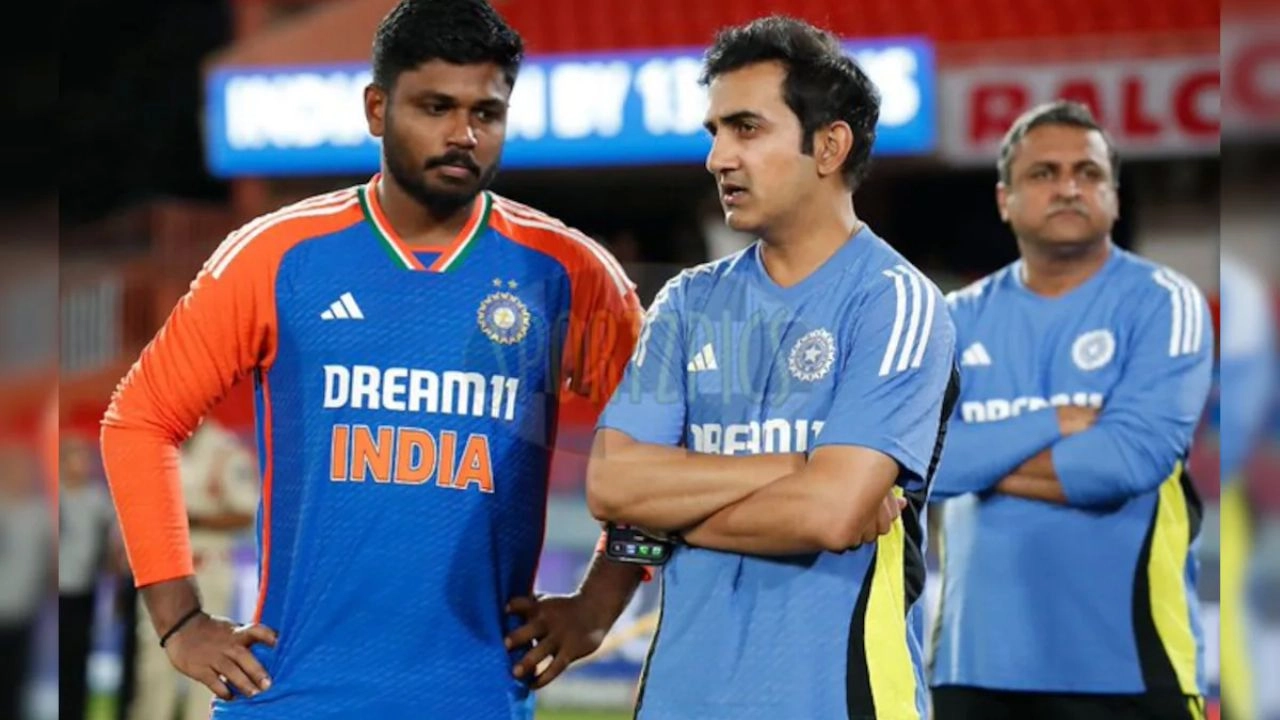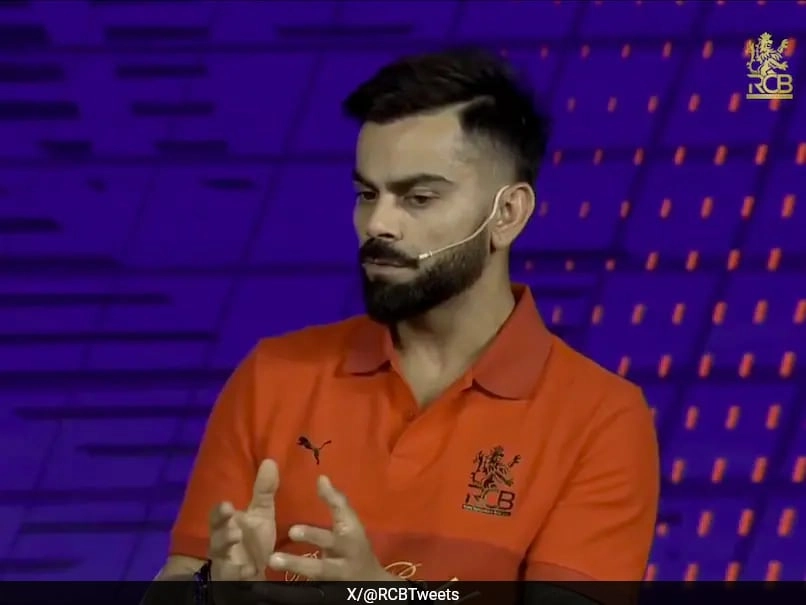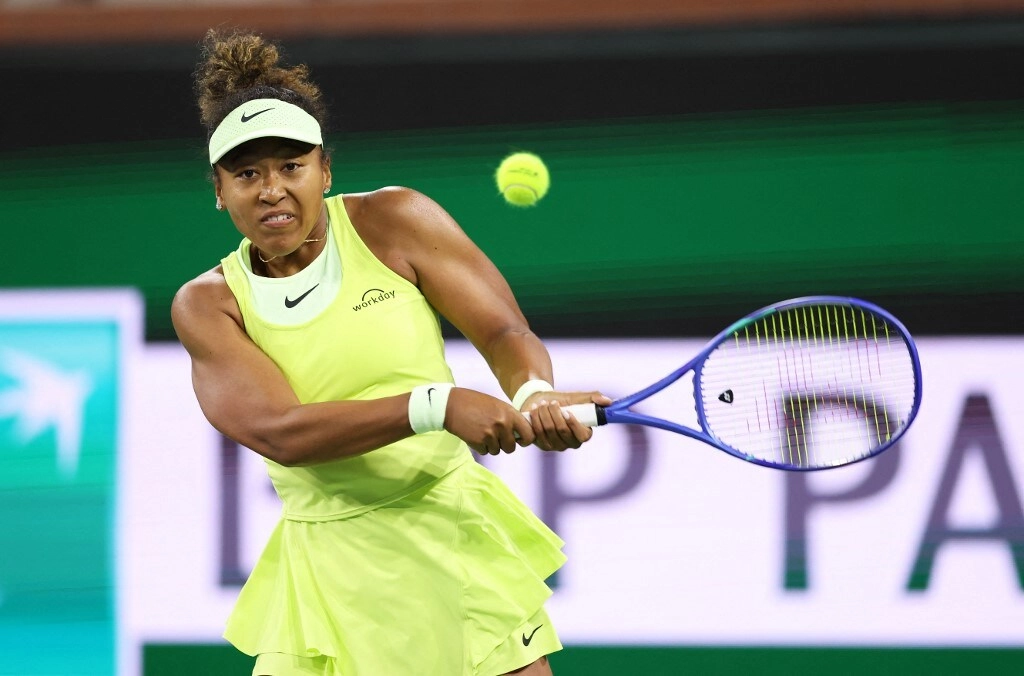In a recent statement that has sparked considerable discussion within the cricketing community, Gautam Gambhir, a former Indian cricketer and current politician, commented on the treatment of wicketkeeper-batsman Sanju Samson by the Board of Control for Cricket in India (BCCI). Gambhir’s remarks suggest that Samson has been subjected to unfair treatment, akin to that of a servant, which raises significant concerns about the management of player welfare within the sport. This assertion has not only drawn attention to the individual circumstances surrounding Samson’s career but also highlights broader issues regarding how players are valued and treated by governing bodies like the BCCI.
Gambhir’s comments are particularly poignant given the highly competitive nature of cricket in India, where player selection and performance are under constant scrutiny. Sanju Samson, despite showcasing immense talent and potential, has faced ups and downs in his career, often being overlooked for selection in favor of other players. The former cricketer’s analogy of Samson being treated like a “slave” underscores the frustration that many fans and analysts feel regarding the inconsistent treatment of deserving players. It raises questions about the criteria used in player selection and the overall approach of the BCCI toward nurturing talent in the national cricketing setup.
The implications of Gambhir’s statement extend beyond just Samson’s situation; they resonate with many young cricketers who aspire to represent the nation. Players invest years of hard work, dedication, and sacrifice in their pursuit of excellence, only to find themselves at the mercy of selection policies that may not always appear transparent or fair. The cricketing fraternity is now calling for a more equitable system that recognizes merit and provides all players with a fair chance to showcase their abilities on the international stage. As discussions around player treatment and selection policies continue, it is essential for the BCCI and other governing bodies to reflect on these concerns and strive for improvements that foster a more inclusive and supportive environment for all athletes.




